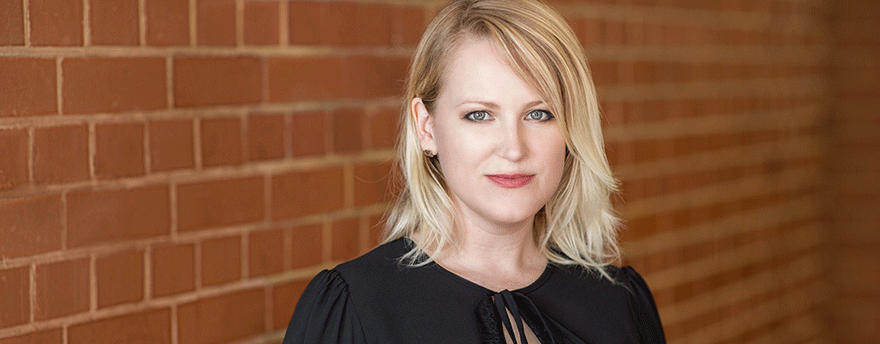Technology trend predictions for 2019

The constantly changing face of retail presents a wealth of opportunities and challenges for retailers. E-commerce sales figures continue to grow, and new technologies are shaking up shopping habits. But how can brands keep up? Katie Woodhead, Head of Business Consulting at ATTRAQT, provides some pointers:
By looking in detail at emerging trends, retailers can adapt to the fast-changing shopping market with agility – transforming risks into potential and turning opportunities into conversions and sales. To help in this process, we’ve selected our top three trends that will be shaping the shopping space over the course of 2019. Great preparation is, after all, the key to future success.
AI Advancement
E-commerce retail sales have grown by 25% from 2015 according to Statista, as customers continue to spend more time shopping online. But as online shopping grows, so does the need for technology to assist. Machine-led processes like artificial intelligence are giving retailers the resources they need to manage their retail websites with speed and accuracy.
Leading players such as Amazon and eBay are using AI-driven algorithms to power everything from product merchandising and recommendations to the analysis of customer behaviour. Such brands are increasingly relying on machines to do the hard work when faced with complex online challenges that need quick responses. Gartner predicts that the trend is set to continue over the next few years, with more than 80% of all customer interactions being handled by AI by 2020 – 2019 is therefore likely to be a year in which machines gain more influence over managing the online shopping experience.
Augmented Reality
Linked to this is the rise of augmented reality. As digital technologies embed themselves into e-commerce management, they are also redefining the shopping experience by giving shoppers the ability to try out products in virtual reality before purchase. Retailers have been forced to rethink traditional ways of capturing customer attention as shoppers turn to a convenient blend of online, mobile, and bricks-and-mortar shopping.
Enter AR applications, which are being used as touchpoints by forward-thinking brands to bring retail products to life in fresh and exciting ways. Lifestyle labels such as L’Oréal, Topshop and Sephora have introduced interactive mirrors to allow customers to virtually test clothes and cosmetics, while homeware brands like IKEA have introduced augmented reality catalogues to enable shoppers to visualise new furniture products in their homes.
Food retailers are also catching on by adding QR codes to their products to enable in-store shoppers with a mobile phone to view personalised product information upon scanning. With such a wide-ranging reach, it is no surprise that the size of the AR market is set to reach $209.2 million dollars by 2022 and will no doubt influence proceedings in 2019.
Voice Search
In addition to AR, shoppers are also embracing voice search at record new levels thanks to the increasing popularity of voice-activated search assistants like Amazon Alexa and Google Home. As of January 2018, over one billion searches were being handled by these assistants.
By 2020, it is predicted that voice searches will make up 50% of all online searches, and businesses will have to respond by priming their websites for voice search in addition to typed text. Retailers will have to start paying closer attention to how keywords differ when customers search using their voice rather than using their hands and optimising their websites accordingly.
•ATTRAQT provides solutions to maximize onsite search, online merchandising and personalisation for e-commerce retailers.
Read more Insights here...